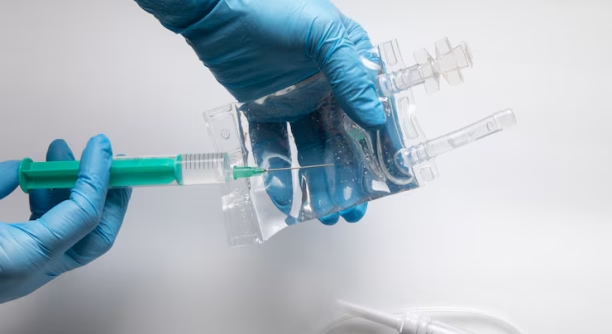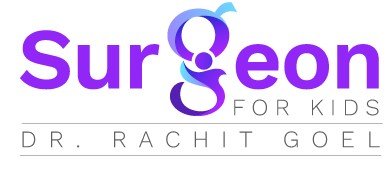- Highly skilled pediatric and adult surgical teams experienced in chemoport and Hickman catheter placements
- Safe, sterile techniques to minimize infection risks
- Comprehensive oncology support and catheter maintenance services
- Dedicated pediatric and adult ICUs in Ghaziabad for close monitoring
Chemoport / Hickman Catheter Insertion
Home » Chemoport / Hickman Catheter Insertion
What is Chemoport / Hickman Catheter Insertion?
A chemoport (also called a port-a-cath) and a Hickman catheter are special devices inserted into a large vein, usually in the chest, to provide easy, long-term intravenous access.
They are commonly used in children and adults undergoing chemotherapy, long-term antibiotics, or frequent blood tests. These devices help avoid repeated needle pricks and protect veins from damage caused by chemotherapy drugs.

Why is it Needed? Why is it Needed?
Chemoport or Hickman catheter insertion is recommended for patients who:
- Need frequent chemotherapy sessions
- Require long-term intravenous medications or nutrition
- Need regular blood sampling
- Have difficult vein access
Types
- Chemoport (Port-a-cath): A small chamber (port) placed under the skin connected to a catheter that goes into a large vein. Blood can be drawn or medicines given by simply accessing the port with a special needle.
- Hickman catheter: A long catheter inserted into a large vein with an external portion that stays outside the body, making it easily accessible for treatment.
Procedure in Ghaziabad
The procedure is performed under general or local anesthesia by experienced surgeons.
- Small incision made on the chest to insert the port or catheter.
- Catheter is guided into a large vein (usually the jugular or subclavian vein).
- For a chemoport, the chamber is placed under the skin.
- For a Hickman line, the catheter comes out through the chest wall.
- The procedure usually takes about 1 hour, and most patients go home the same day or the next.
Care After Insertion
- Ports and catheters require regular flushing to keep them open (patent).
- Proper hygiene is important to prevent infections.
- The medical team teaches parents/caregivers how to care for the line.

